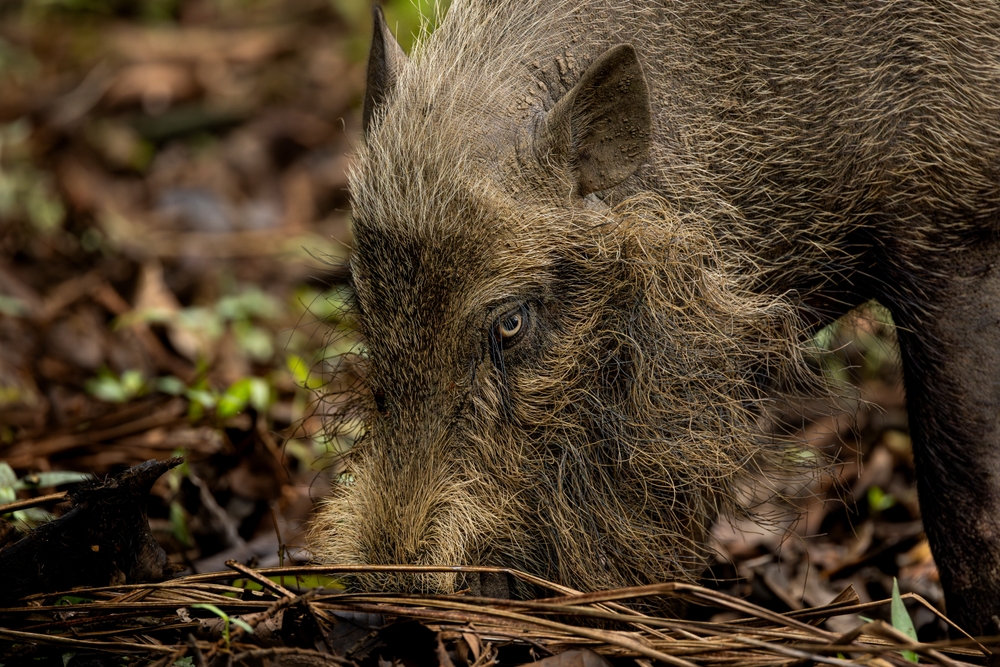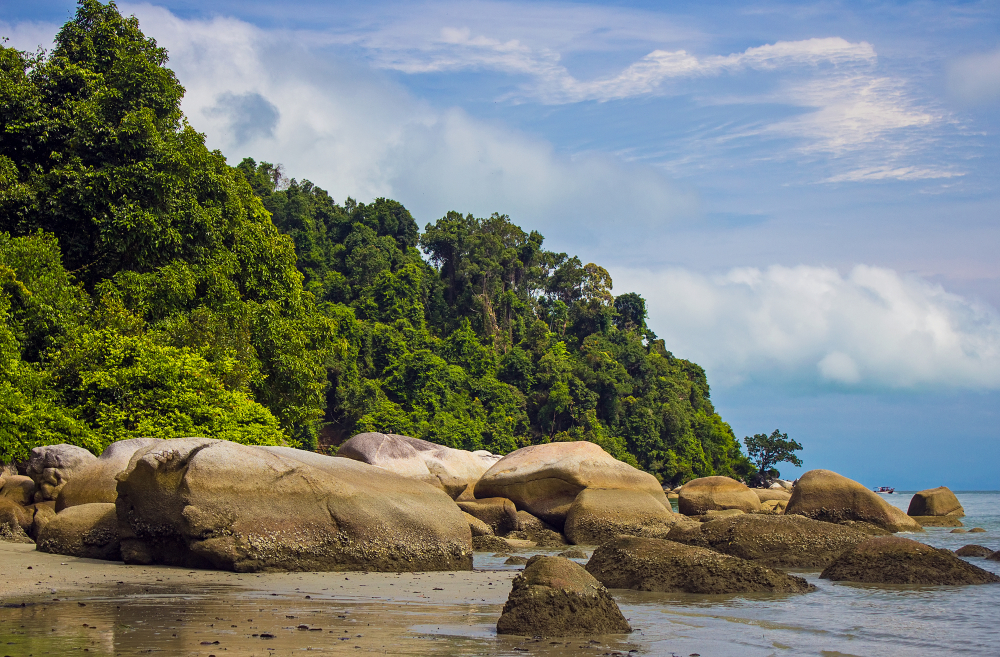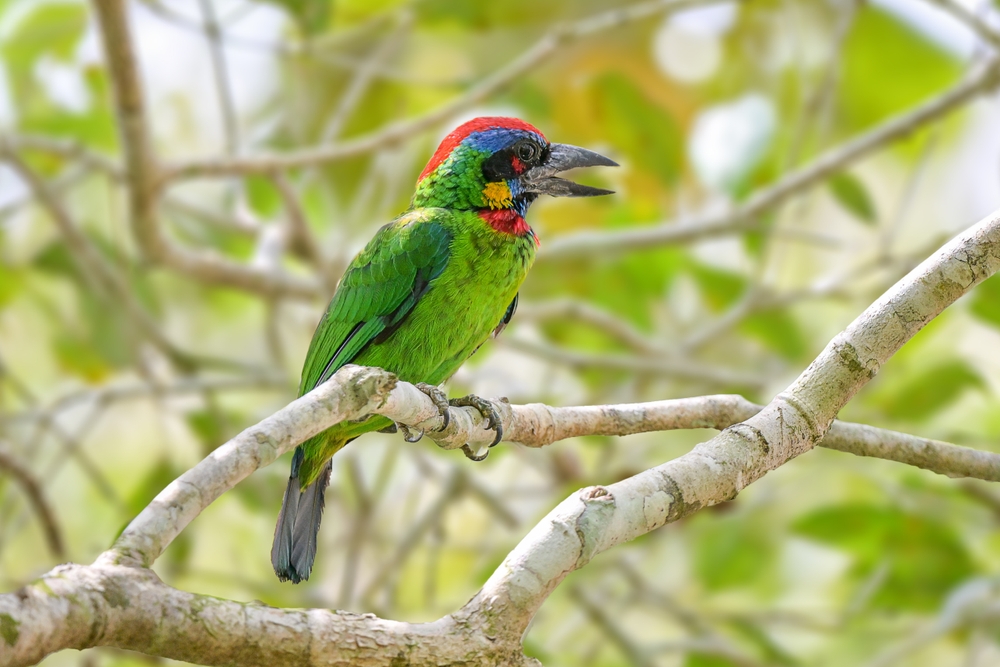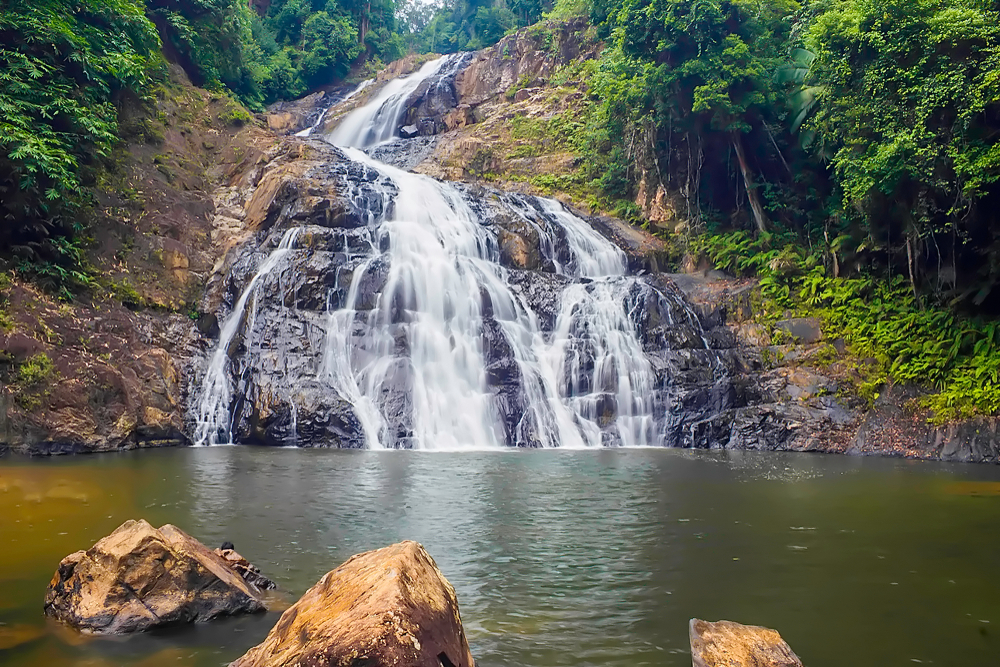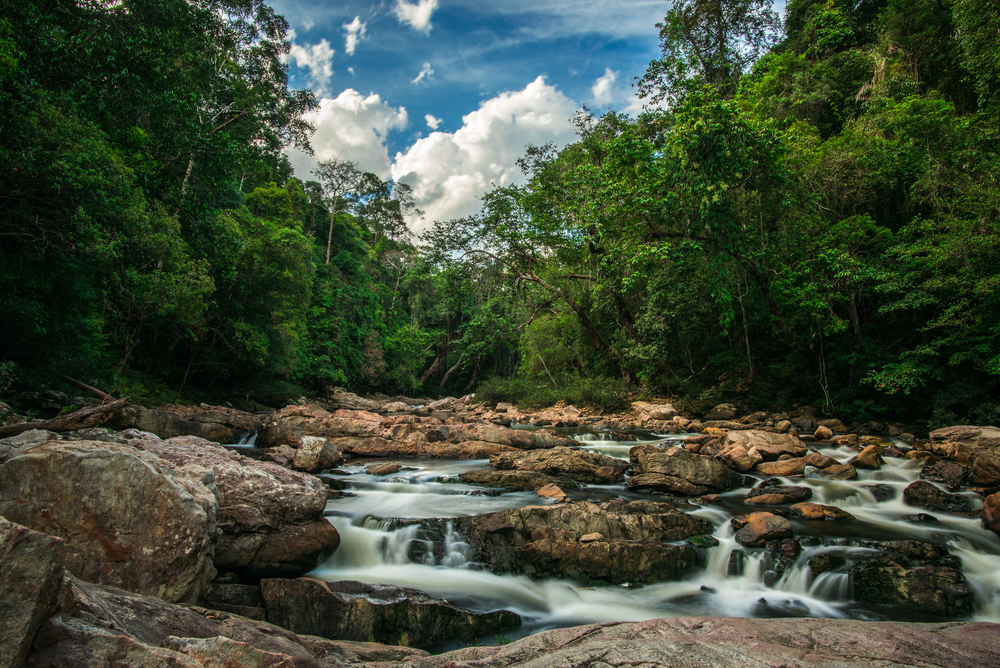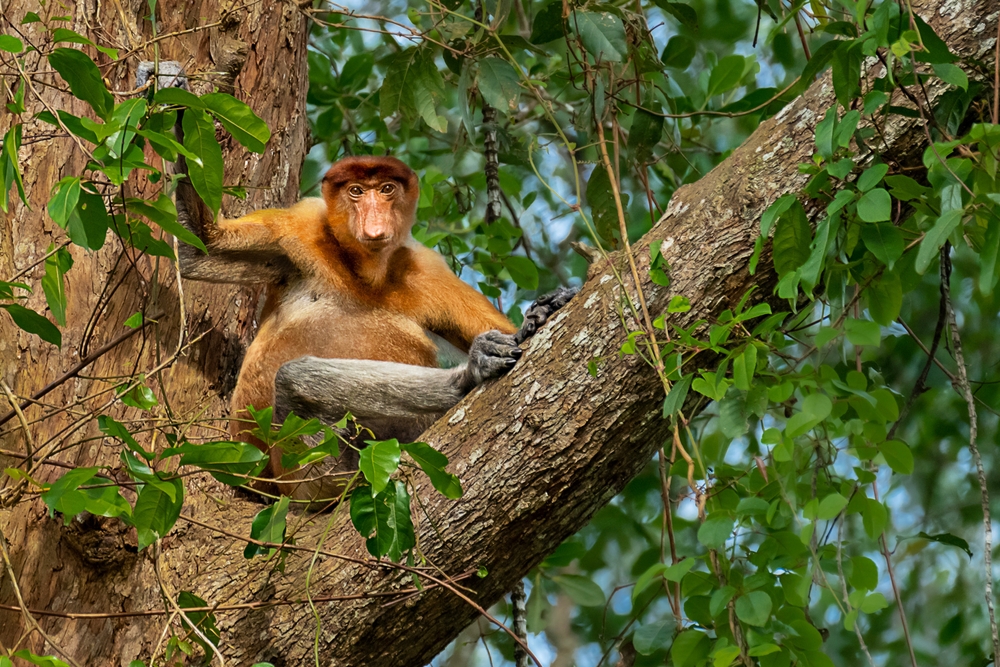Gunung Buda Overview
Gunung Buda National Park, known locally as Taman Negara Gunung Buda, is a fascinating natural sanctuary located in the northern region of Sarawak, Malaysian Borneo. Spanning approximately 63 square miles (163 square kilometers), this relatively small but ecologically significant park is part of the larger biodiversity hotspot of Borneo’s tropical rainforests.
Nestled near the famous Mulu National Park, Gunung Buda is a hidden gem characterized by its spectacular limestone formations, dense forests, and diverse ecosystems. The park’s terrain is dominated by rugged karst limestone landscapes, featuring dramatic cliffs, sinkholes, and a network of caves. Among its most remarkable features is the extensive underground cave system, including Clearwater Cave and Racer Cave, known for their intricate stalactites and stalagmites.
These caves, shaped over millions of years by the flow of underground rivers, are a highlight for adventurous visitors. The surrounding forested areas are blanketed by lush, primary rainforest, teeming with towering dipterocarp trees, moss-covered boulders, and thick undergrowth. Streams and small waterfalls meander through the park, adding to its enchanting natural scenery.
Gunung Buda’s biodiversity is impressive, hosting an array of wildlife that thrives in its dense jungle environment. Mammals such as Bornean bearded pigs, flying squirrels, and long-tailed macaques can often be spotted, while nocturnal species like slow lorises and civets roam the park after dark. Bird enthusiasts will delight in the chance to see hornbills, trogons, and kingfishers, as well as rare species like the Bornean bristlehead. Amphibians and reptiles, including endemic frogs and geckos, add to the park’s rich tapestry of life.
Visitors are drawn to Gunung Buda National Park not only for its natural beauty but also for its adventurous opportunities. Caving is a major attraction, with guided tours available for exploring the intricate cave systems. Hiking trails wind through the rainforest, offering a chance to immerse oneself in the serene yet vibrant environment. Wildlife spotting, birdwatching, and photography are popular activities as well. The remote and relatively undisturbed nature of Gunung Buda allows visitors to experience a sense of tranquility and connection with the wilderness.
The park faces conservation challenges, including illegal logging and encroachment, which threaten its pristine habitats. However, significant efforts have been made to mitigate these pressures. Collaborative initiatives between local communities, park authorities, and conservation organizations have focused on sustainable tourism, habitat preservation, and raising awareness of the park’s ecological value. These efforts have been instrumental in protecting Gunung Buda’s unique ecosystems and promoting its role as a haven for biodiversity.
Gunung Buda National Park is a haven for adventurers and nature enthusiasts alike, offering a rare glimpse into the intricate beauty of Borneo’s rainforests and caves. Its spectacular landscapes, rich wildlife, and commitment to conservation make it an extraordinary destination worth exploring.








































































